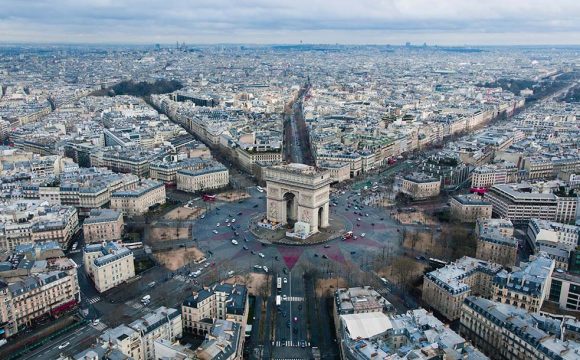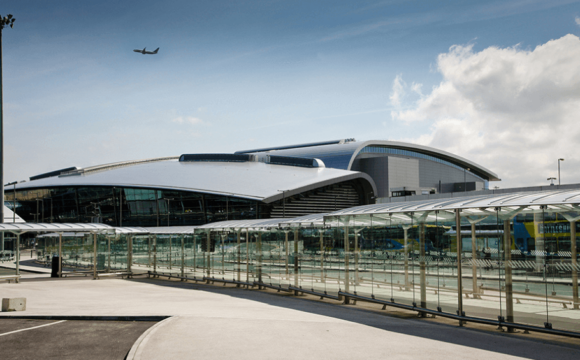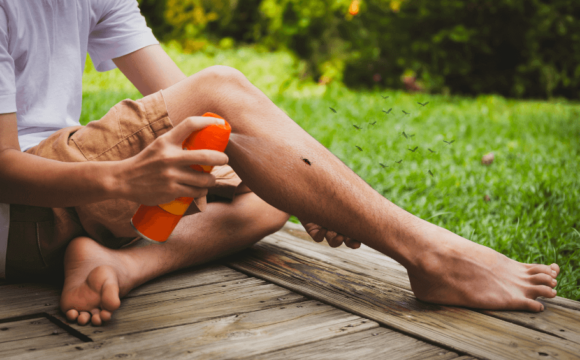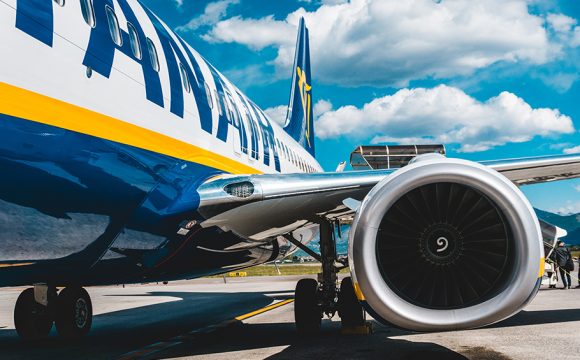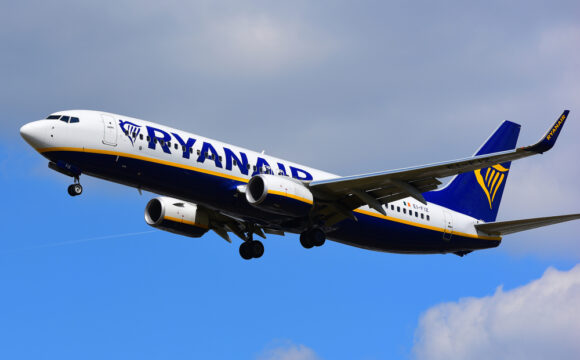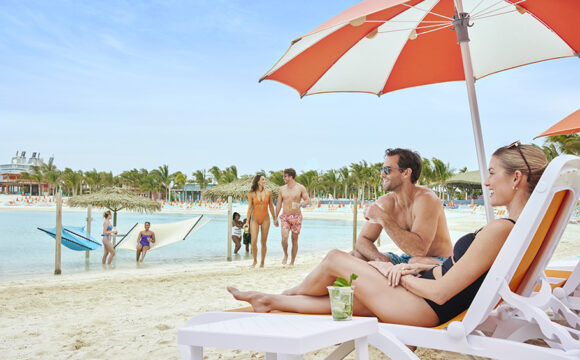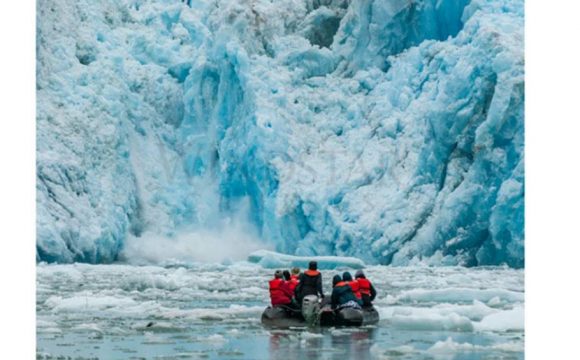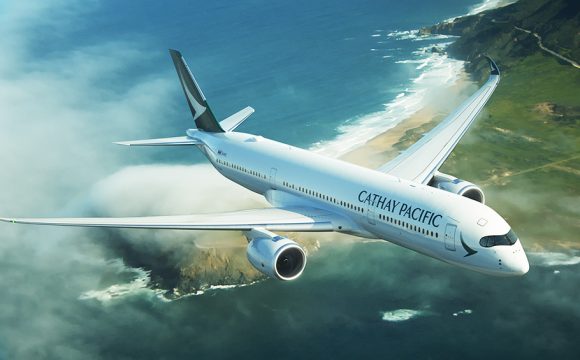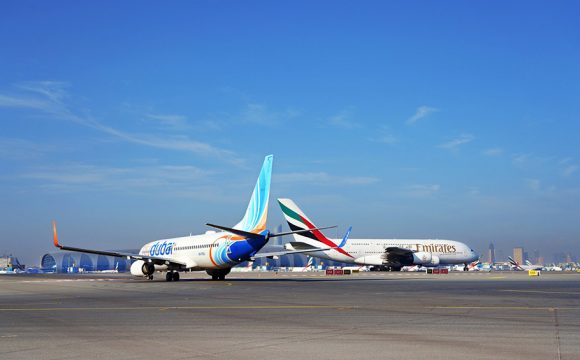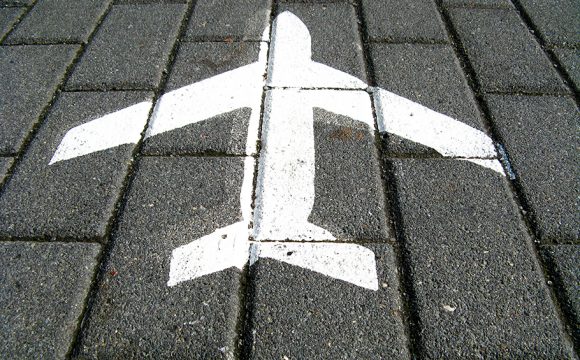Deservedly renowned for its fascinating history, ancient archaeological sites and cultural diversity, Peru is a bucket-list destination for many travellers. But what is perhaps less well-celebrated is the wealth of world-class design that it boasts.
From remote eco-lodges and archaeological museums which blend with their landscapes and utilise traditional, natural materials, to world-class restaurants which marry local craftsmanship and ingredients with contemporary Peruvian form, here are some of the most interesting and dynamic examples of design around Peru…
HOTELS
INKATERRA HACIENDA URUBAMBA: A boutique hacienda hotel in the Sacred Valley of the Incas
Set within 100 acres and surrounded by imposing mountains, located between Machu Picchu and Cusco, Inkaterra Hacienda Urubamba’s design is inspired by the area’s cultural history, with colonial furniture, Inca masks and handcrafted woodwork catching the visitors’ eye. With 12 bedrooms and 24 standalone luxury casitas, the property features rustic interiors, expansive glass walls with fantastic views, exposed brick, wooden beams, and traditional Andean textiles.
The hotel offers an ‘earth-to-table’ dining concept – its 10-acre organic plantation, where crops such as quinoa, Urubamba giant corn and medicinal herbs are farmed with traditional hand tools and oxen, exactly as they were centuries ago – can be explored by guests, who pick their own produce.
TITILAKA: Remote eco-lodge on Lake Titicaca showcasing local craftsmanship
This Relais & Châteaux boutique lodge on Lake Titicaca’s south-eastern shore sits on a tranquil peninsula shared with the local indigenous Aymara community. The 18 lake-view bedrooms boast overwhelming views of the pristine waters surrounding the property, with interior spaces furnished in a contemporary style complemented by crafts produced by local artisans, alongside locally-picked fresh flowers. Outside, wrap-around terraces, an overwater deck and two private beaches allow guests to relax completely amidst the lake’s landscapes and wildlife. Committed to supporting the sustainable development of the villages around the lodge, the hotel sources local ingredients as much as possible – from food crops to Andean textiles – and employs three quarters of its staff from local villages.
NEW for 2020: Four dome suites have been added, enabling guests to stay closer to ethereal Lake Titicaca during their visit. The sustainably-built, fully-equipped domes sleep up to three people, and boast a private lake-view terrace, lake-view plunge bath, and indoor lounge area.
HOTEL B: An artistic, bohemian bolthole in Lima’s historic Barranco district
A summer pavilion dating back to the Belle Époque, this Relais & Châteaux property in the protected historic area of Barranco offers a slice of Lima, past and present. Renovated by sculptors from the Fine Arts Academy and an Italian cabinetmaker, the property features an elegant, columned white façade, high ceilings and natural materials such as marble and exotic woods. The interiors draw inspiration from the surrounding Barranca district and exhibit works by contemporary Peruvian and Latin American artists, with the 20 bedrooms featuring vintage dark wood furniture, standalone bathtubs and shutter-style doors.
A fashionable seaside retreat for the Limeño aristocracy in the 19th century, the bohemian neighbourhood of Barranco is now home to some of Peru’s best-known artists, designers, musicians and photographers – including Mario Testino. The hotel houses a unique art collection, and an in-house Art Concierge offers guests the opportunity to attend private viewings and events at the galleries and museums on the hotel’s doorstep.
CIRQA: thoughtfully restored 16th century monastery in the heart of Arequipa
This world-class Relais & Châteaux hotel in the unsung foodie city of Arequipa is located in a former monastery dating back to 1540 – the year that Arequipa itself was built. Blending its historic framework with contemporary details, this small private hotel is truly unique. The arches and columns, all made of volcanic sillar rock, have been carefully conserved, as have the communal spaces. There are 11 suites featuring high, vaulted ceilings, intricate cast iron windows and antique furniture. Outside, there is a tranquil terrazza, a patio with heated plunge pool and spa therapy room, plus an organic rooftop garden which serves as the base for a rural- style picantería in the heart of the city that serves excellent homemade cuisine.
MUSEUMS & GALLERIES
CASA DE LA LITERATURA PERUANA, LIMA: Literature centre within an old train station
The House of Peruvian Literature is housed in what was originally Lima’s main train station – Desamparados Train Station – which opened in 1912 and was a symbol of the progress of the city at the beginning of the 20th century. The station closed in 2007 and was repurposed as a library and cultural centre. The neoclassical façade welcomes visitors with a grand clock sitting above its entrance whilst, inside, original features such as the multi-coloured glass dome roof, wooden ticket booths and a grand staircase provide suitable reminders of its past.
PARACAS SITE MUSEUM, ICA: An archaeological museum which blends into its dramatic landscape
The Museo de Sitio de Paracas sits in the heart of the Peruvian coastal desert in Ica. Built on the site of its predecessor – destroyed by an earthquake in 2006 – the designers of the building integrated the property into its stark landscape, with “cracks and flaws” separating the structure into its exhibition and workshop areas. Inside, the museum is a hybrid of modern spatiality coupled with the ancient Peruvian style of spiral, winding paths. The geometry of the property reflects the patterns of Paracas textiles. Made entirely with a material called pozzolan cement – resistant to desert salt – the exposed areas of cement have acquired a natural reddish colour, and blend perfectly with the neighbouring hills.
TRAINS & BOATS
BELMOND ‘ART IN MOTION’ TRAIN: South America’s very first art installation on a train
In November 2019, Belmond collaborated with Peruvian designers, artists and chefs to give its famous Hiram Bingham train a stylish makeover, reflecting traditional and contemporary Peruvian culture. The luxury train, which travels one of the world’s most famous journeys – from Cusco, through the Sacred Valley, to Machu Picchu – features a 1920s-style observation car, brought to life by award-winning Peruvian artist Fito Espinosa. Adorning the carriage are depictions of ancient Incan mythology and of the train’s journey through the flora and fauna of the Andes to the heart of the Inca Empire. A menu inspired by the vibrant landscape focuses on traditional Peruvian flavours, embracing ingredients offered by Pacha Mama (Mother Earth) from the nearby valleys and jungles – with dishes including crispy fresh corn tartlet with goat’s cheese and avocado, fava bean purée and Quillabamba coffee cheesecake. Renowned Peruvian mixologist Aaron Diaz has created a Peruvian showcase of drinks, such as the Picaflor Andino with Pisco and citrus, and the Espresso Bingham, inspired by the Espresso Martini. The train’s staff sport chic uniforms from fashion designer José Miguel Valdivia, inspired by the great explorer Hiram Bingham, featuring elegant tailoring with bold Andean patterns and traditional woven detailing.
AQUA NERA: Luxurious new Amazon River cruise boat
Inspired by the Peruvian Amazon’s mystical black water lagoons and the river’s tranquillity, the grand new Aqua Nera cruise boat takes visitors deep into the Peruvian Amazon in supreme comfort and style. Envisioned by award-winning architects Noor Design, the spacious interiors and 20 suites nod tastefully to details from the era of the rubber boom alongside the colourful cultures of Peru, Portugal and Spain, and feature expansive windows to take in the panorama of the Amazon river and rainforest.
RESTAURANTS
EXPLORA, MACHU PICCHU: Hotel restaurant inspired by the biodiversity of the Sacred Valley
Located in a peaceful, rural spot between Cusco and Machu Picchu, explora Valle Sagrado offers its guests a base from which to explore the Lost City of the Incas and immerse themselves in the history of these ancient lands. Designed to blend with the surrounding Andean mountains and ancient corn and quinoa plantations, the stylishly-appointed wooden lodge sits inside a former hacienda with echoes of Sacred Valley design, such as soft furnishings in natural fibres and vibrant Incan textiles. The menu was created by renowned Peruvian chef Virgilio Martínez, inspired by the biodiversity, history and people of the Sacred Valley and using rare Andean ingredients – such as cushuro (a blue algae), ayrampo (a type of cactus) and mashwa (a variety of tuber) – bringing the land to the table in vibrant style.
RESTAURANTE STATERA, LIMA: A tranquil oasis in the heart of the capital
Located in Lima’s sophisticated Miraflores district, the restaurant was inspired by the concept of balance and equilibrium (a translation of the Latin word ‘statera’), by local Peruvian architectural firm MD27. The light, minimal space is filled with cast concrete beams, marble, dark timber floors, walnut furnishings and planters overflowing with greenery. The Orchard, a rooftop garden, is the source of ingredients used by Head Chef Andre Patsias. Showcasing some of Peru’s finest unsung native ingredients from all corners of the country (including the highlands and the Amazon rainforest), the menu features simply-executed dishes such as Northern Peruvian sea lobster with scallops and Amazonian Chestnut, and beef sweetbreads with arracacha root and cacao nectar.


